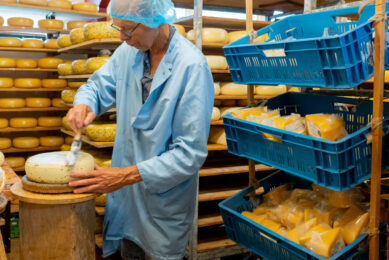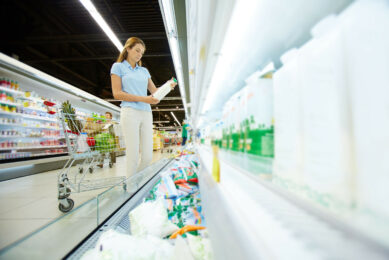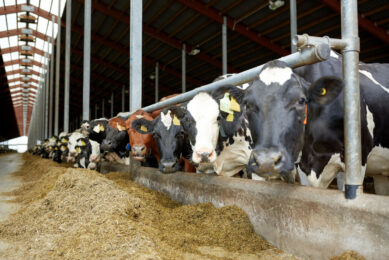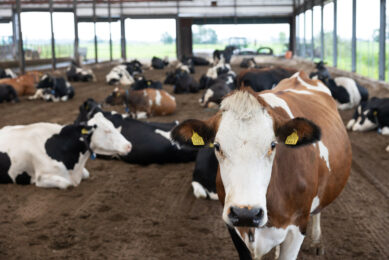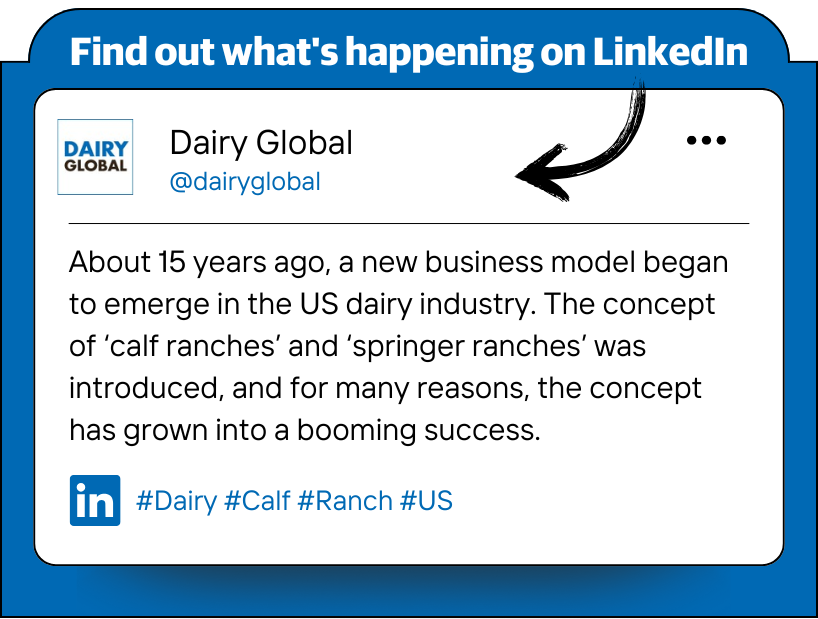Russian dairy industry sees expanding state aid
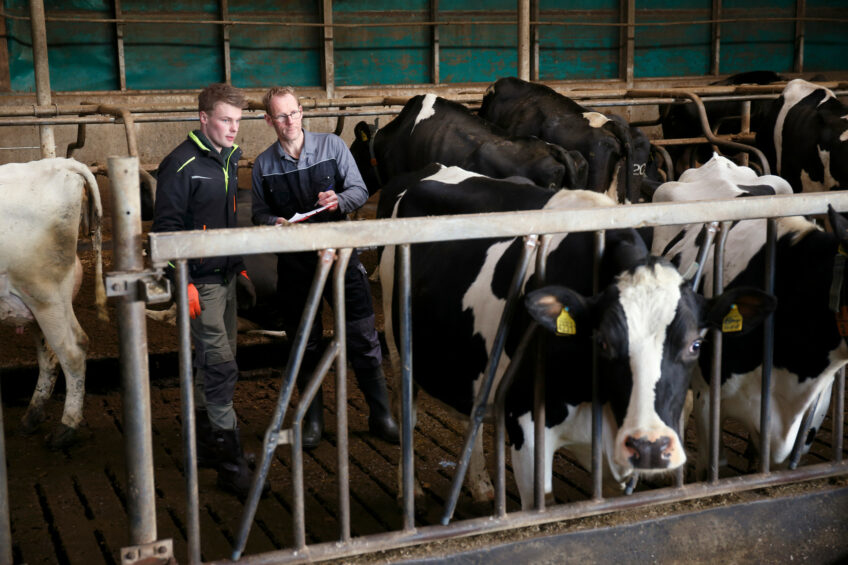
In 2024, the Russian government allotted around Rub 80 billion (US$800 million) as state aid in various forms to the dairy industry. This is 50% more than in 2023, revealed deputy prime minister Dmitry Patrushev. THe dairy sector remains the largest segment receiving agricultural state aid.
Speaking during the annual meeting of the Russian dairy industry union, Patrushev said that Russian authorities reaffirmed their commitment to providing the domestic market with all necessary dairy products at affordable prices.
The dairy industry remains the largest recipient of state aid among all segments of Russian agriculture, he indicated. “I will say once again that the dairy industry was and remains the most well-off area in terms of the set of state support tools,” Patrushev said.
Nearly a quarter of the funds approved to subsidise the interest rate on loans to Russian agriculture in 2025 will go to dairy producers.
Soft loans
Patrushev praised the agricultural ministry, which is ‘fighting’ to keep state money flowing into the industry. As explained by the Patrushev, the soft loans programme, crucial for the dairy industry, has been extended to 2025.
The Russian government is subsidising the interest rate on loans for dairy farmers since commercial loans, under general terms, remain unaffordable to the business. Moreover, Russian authorities have subsidised the interest rate on loans issued in previous years. Given the rise of the Russian Central Bank’s key interest rate to 21% – a historic high in 2024 – without this measure, many dairy firms would find their business in a difficult financial situation.
However, Patrushev admitted that preferential lending remains a costly tool for Russian authorities. “Preferential lending is a tool that encourages development, but we spend a lot of money on it. Last year, we spent almost twice as much money on servicing previously issued loans than the year before – about Rub 55 billion (US$550 million),” Patrushev added.
Capital costs
In addition, the Russian government continues to reimburse the capital costs associated with the construction and modernisation of milk farms and dairy processing capacities. In 2024, the Russian government reimbursed 30% of the capital costs against 25% in the previous year. And, as indicated by Patrushev, in particular cases, for the companies that are steadily increasing output, this figure could be raised to 42%.
Thanks to state aid, Patrushev added, the Russian dairy industry is on track to expand milk production by nearly 4 million tonnes per year through 2030, he pointed out.
Join 13,000+ subscribers
Subscribe to our newsletter to stay updated about all the need-to-know content in the dairy sector, two times a week.



